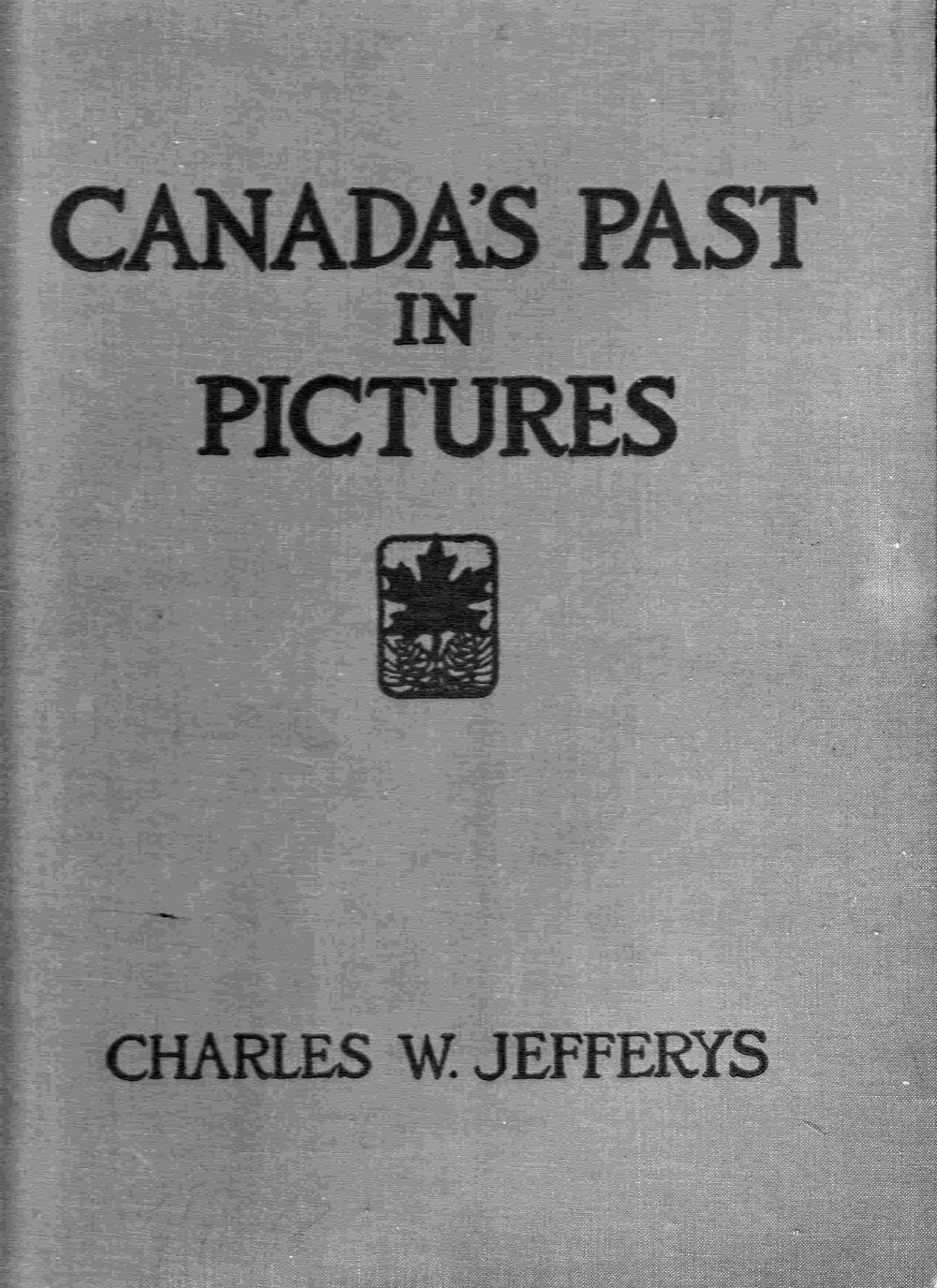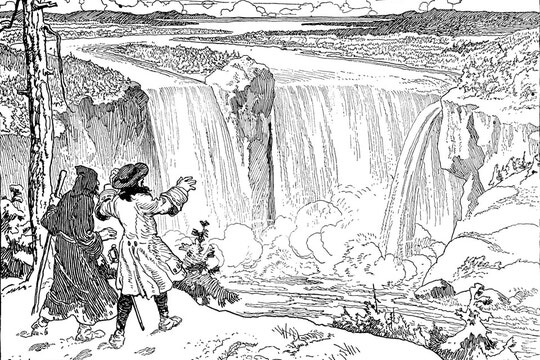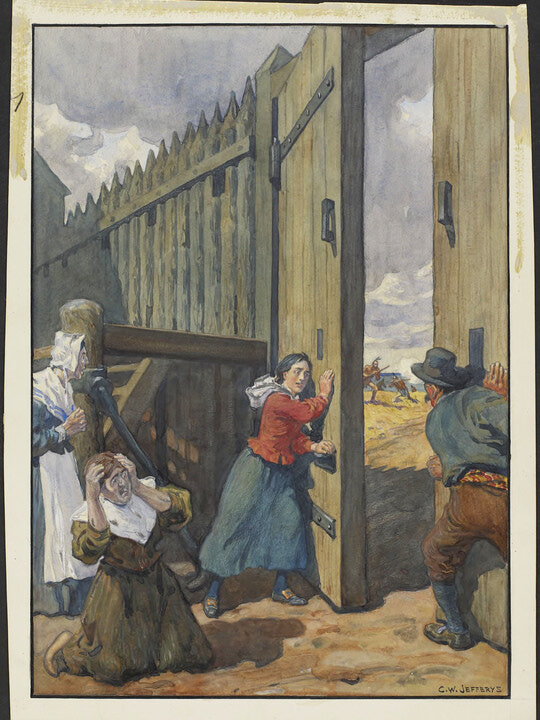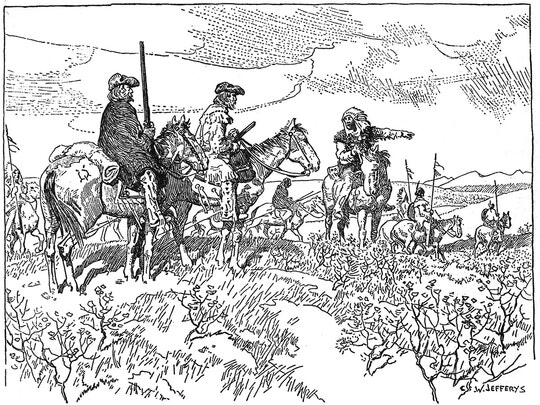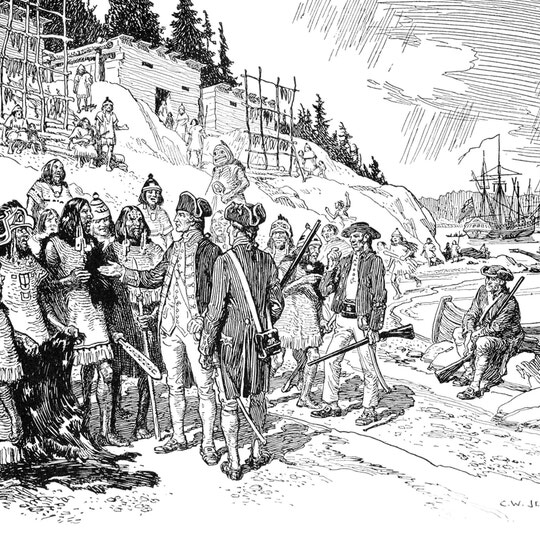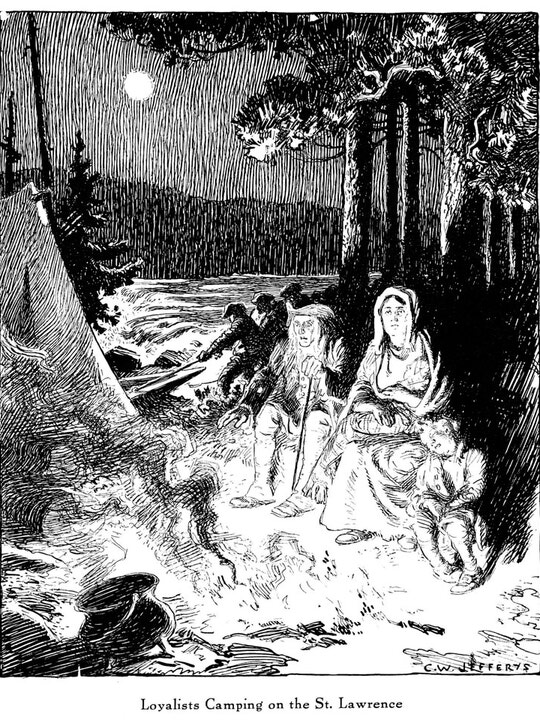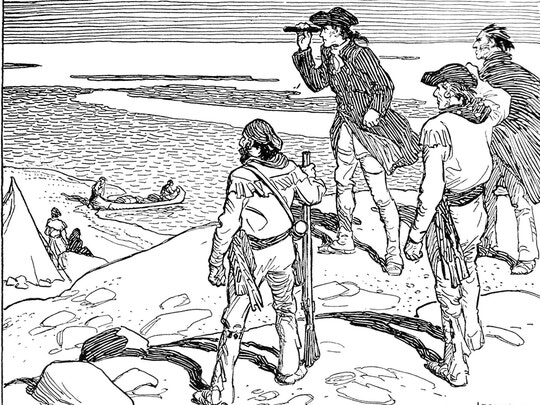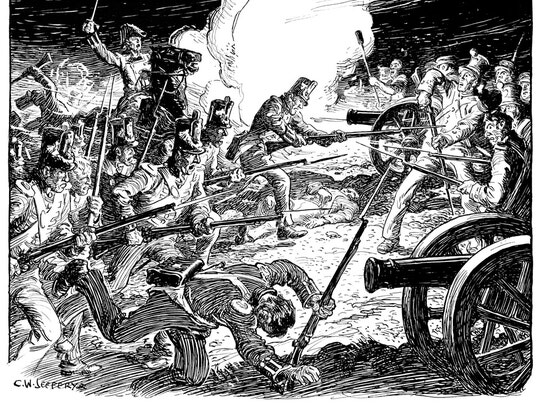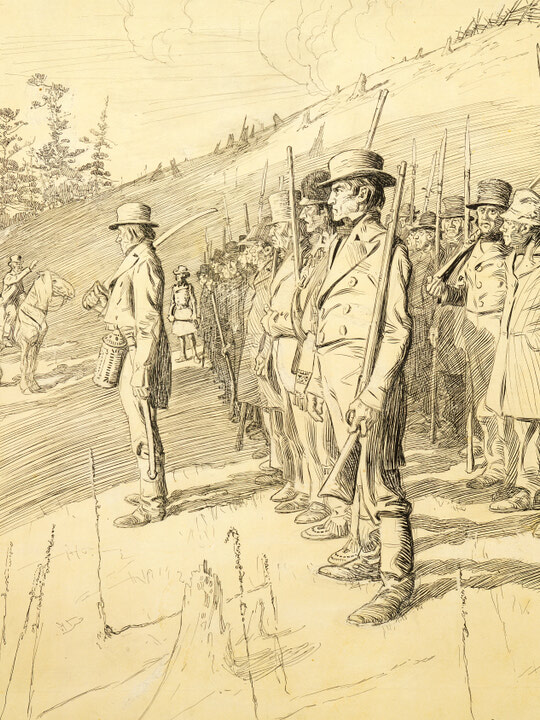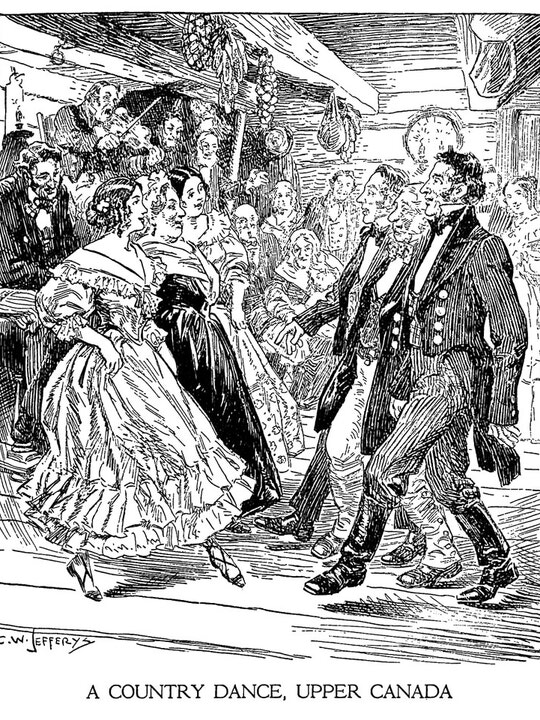Canada’s Past in Pictures
Title: Canada’s Past in Pictures.
Author: C. W. Jefferys
Publisher: Toronto, Ryerson, 1934. 132 p. Illus.
Browse Images
- Title page - "Written and illustrated by Charles W. Jefferys, R.C.A., LL.D."
- Title page verso – “Copyright, Canada, 1934, by C.W. Jefferys”
- A Mohawk Indian Family
- The New Found Land
- Jacques Cartier Erects a Cross at Gaspe
- Jacques Cartier at Hochelaga
- The Habitation of Port Royal
- The First Play in Canada
- The Order of Good Times
- The Habitation of Quebec
- Champlain's Fight With the Iroquois
- Champlain on the Ottawa
- Champlain on Georgian Bay
- Champlain a Prisoner
- A Jesuit Preaching to the Indians
- Marie Hebert, The Mother of Canada
- Maisonneuve Carries a Cross to the Summit of Mount Royal
- Maisonneuve's Fight With the Indians
- The Meeting of Francoise Marie Jacquelin and Charles De La Tour
- Madame De La Tour Defends Her Husband's Fort
- Indians Trading With The French
- The Martyrdom Of Brebeuf And Lalemant
- The Arrival of the Brides
- St. Lusson At Sault Ste. Marie
- Mother Marie De L'Incarnation
- Frontenac On The Way To Cataraqui
- Frontenac Joins In The War Dance
- Hennepin At Niagara Falls
- Madeleine De Vercheres At The Gate Of The Fort
- The Relief of Fort Vercheres
- In Sight Of The Western Mountains
- The Founding of Halifax
- The Battle of Ticonderoga
- Wolfe Chooses His Battle-Ground
- Wolfe At The Battle of The Plains of Abraham
- Captain Cook At Nootka
- Loyalists On The Way To Canada
- Loyalists Resting On Their Way Up The St. Lawrence
- Loyalists Drawing Lots For Their Lands
- Mackenzie At The Arctic
- Overland To The Pacific
- The Mapmaker of The West
- Brock And Tecumseh
- Brock At Detroit
- Brock's Ride To Queenston
- The Battle Of Stoney Creek
- The Battle of Chateauguay
- Rebels Drilling in North York
- A Country Dance In The Forties
- Rev. James Evans Teaching Indians His System Of Cree Syllabic Writing
- Father Lacombe And The Blackfeet
- The Battle of Batoche
Then, seizing a tomahawk and waving it in the air, the courtly and dignified old governor sang the war song, and, whooping and stamping, led the savages in the war dance around the camp fire.
On the 6th of December, 1678, a little party of Frenchmen was toiling through the snow-clad forest that crowned the cliffs of the Niagara gorge. Far below, the tossing rapids raced towards the whirlpool around which the travellers had circled.
As she neared the gate, an Indian, who had outstripped his companions, caught the kerchief that covered her shoulders, but she loosed herself, and rushing in, with the aid of the manservant, she slammed and bolted the gate fast.
"As soon as I saw Monsieur de la Monnerie. I saluted him and said, 'Sir, I surrender my arms to you.' He answered gallantly, 'Mademoiselle, they are in good hands.'
On New Year's Day, 1743, the snowclad tops of distant mountains came in sight to the west. For eight days the war party journeyed toward the mountains.
The founding of Halifax was an early experiment in town planning and assisted immigration. In 1749 the British Government decided to establish a settlement in Nova Scotia.
The day was blazing hot. Montcalm threw off his gold-laced coat and, in his shirt sleeves, took a position from whence he could see nearly all the field of battle.
In each of the five sieges which Quebec has sustained the strongest defence of the city has been its natural situation. Every besieger first of all had to overcome Quebec s geography.
Many incidents of Wolfe's siege of Quebec reveal the immense contrast between the methods of warfare of to-day and those of two centuries ago.
In the narrative of Captain Cook's last voyage will be found detailed descriptions of the West Coast Indians, their houses, clothing, tools, etc., as they were in 1778.
The picture shows a party of these early Loyalist refugees arriving at the bank of a river on their way to Canada. A rough road has been cut through the woods to the crossing place.
The picture shows the drawing of the lots. One of the leaders of the party holds the hat: beside him is seated the assistant surveyor, who acted as the land agent and registrar...
The greatest migration to Upper Canada took place along the shores of the St. Lawrence and the Bay of Quinte. In the early summer of 1784 the refugees started on the long journey to their new homes.
It is an interesting coincidence that on the same day that Mackenzie saw the Arctic Sea from an island at the mouth of the Mackenzie River, July 14, 1789, the people of Paris attacked and captured the Bastille.
Mackenzie in his Journey speaks of having a hanger, a short sword, convenient for traveling in rough country, similar to that carried by Wolfe, as shown in the drawing in Vol. I, p. 242, depicting him at the Battle of the Plains.
It is impossible in a brief sketch to give more than a bare outline of his career; but he has left the record of his life-work not only on the map of Canada and in his field notes, but also in the narrative of his travels which he wrote late in life.
The native tribes of this western country had for years opposed the invasion of their hunting grounds by the United States. Their principal leader was Tecumseh, a chief of the Shawnees, who, with his brother...
The picture shows Brock watching the landing of the troops on the Detroit shore. He holds a field-glass in his hand. Behind him stands his aide-de-camp, Col. Macdonnell.
The first attempt at invasion by the Americans had failed at Detroit. Along the Niagara River gathered another American army. The summer passed into fall without an attack; but every week brought more troops and greater preparations by the enemy.
The spring of 1813 was a time of gloom and disaster in Upper Canada. The war with the United States pressed heavily on the country. Brock, the inspiration of its defence, had been killed at Queenston in October. York...
As the night attack at Stoney Creek stemmed the invasion of Upper Canada in the early summer of 1813, so the fight in the woods of Chateauguay checked the expedition against Lower Canada in the fall of the same year...
In the early years of the 19th century, there was much political and social discontent. Both in Upper and Lower Canada the Legislative Assembly, elected by the people, was dissatisfied with its lack of power...
Life in the early days was not all toil or warfare. There was much rude comfort, hospitality and good living, and the pioneers had their times of gaiety and diversion.
Among those who have devoted themselves to missionary work among the Indians of Canada no one holds a higher place than James Evans, "the man who taught birch bark how to talk."

